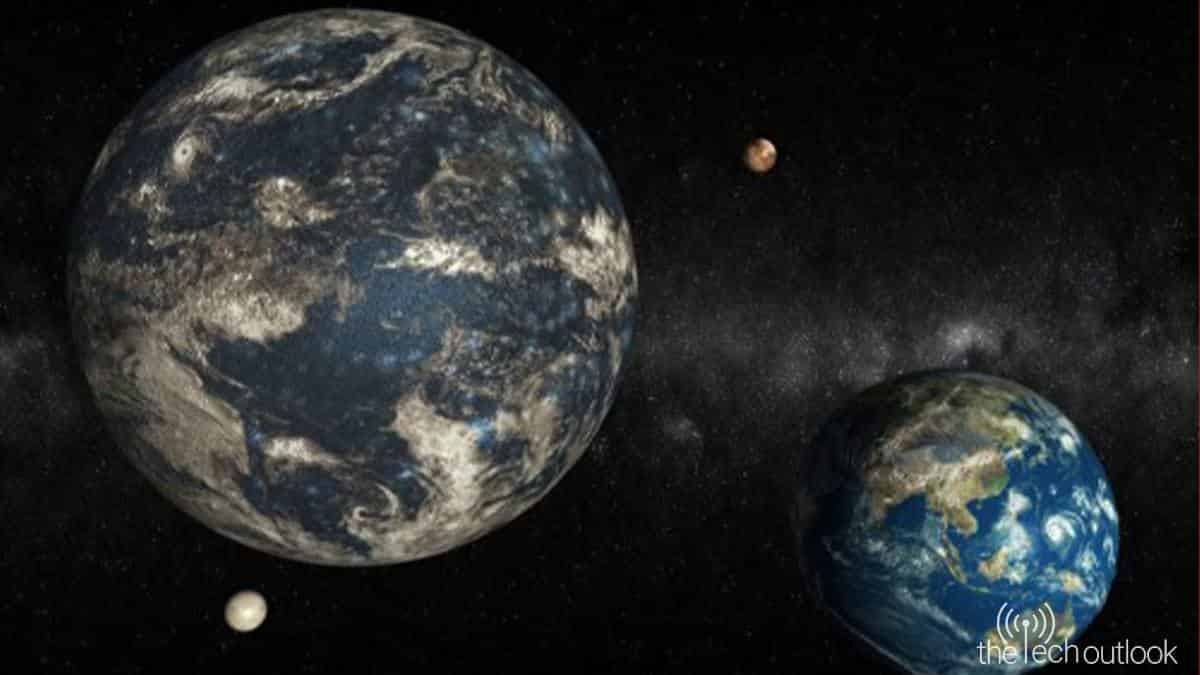Space experts found two Super Earths just11 Light Years from Earth

Space experts have found two super-Earths around a star Gilese 887 that is roughly 11 light-years from our planet. The two exoplanets – a term utilized for planets outside our close planetary system – are called Gilese 887b and Gilese 887c, and the researchers guarantee that they might ‘have life’. For those uninformed, super-Earths are planets that have mass higher than Earth however generously lower than Neptune and Uranus. Space experts drove by Sandra Jeffers from the University of Gottingen in Germany, have distributed another examination on these exoplanets in the Science Journal.
This Journal subtleties the new disclosure of these two super-Earths circling the most splendid red-small star GJ 887. This revelation is a gigantic jump in the journey to make sense of on the off chance that we are separated from everyone else known to man. Perhaps the most energizing thing about these two new super-Earths is they lie near the red midget’s livable zone, where water can exist in fluid-structure and could be rough universes simply like Earth and Mars. The researchers note that these new planets could have thicker climates than the Earth, and possibly have life.
In light of their discoveries, the stargazers guarantee that the two exoplanets have short circles of simply 9.3 and 21.8 days. This demonstrates the two super-Earths are moving quickly, a lot quicker, even than Mercury. Researchers additionally gauge the temperature of Gliese 887c to associate with 70 degree Celsius.
These planets will provide the best possibilities for more detailed studies, including the search for life outside our Solar System,
JEFFERS SAID.
While Gilese 887 star is 11 light-years away, it is as yet one of the nearest to our close planetary system. It is likewise professed to be a lot dimmer than the Sun, and about a large portion of its size. The researchers guarantee that the tenable zone is a lot nearer to Gilese 887 than Earth’s good ways from the Sun. Besides, it has not many starspots, making it likely for the newfound planets to hold the air.

